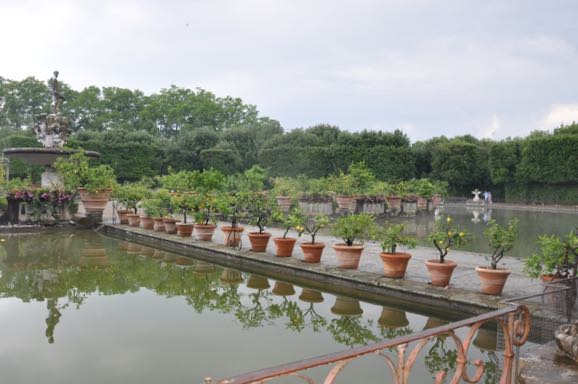
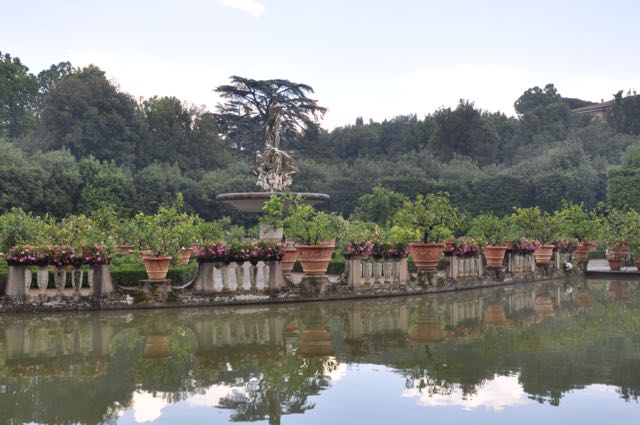
The Boboli Gardens, Florence pots on the approach to and lining the elliptical Isolotto.
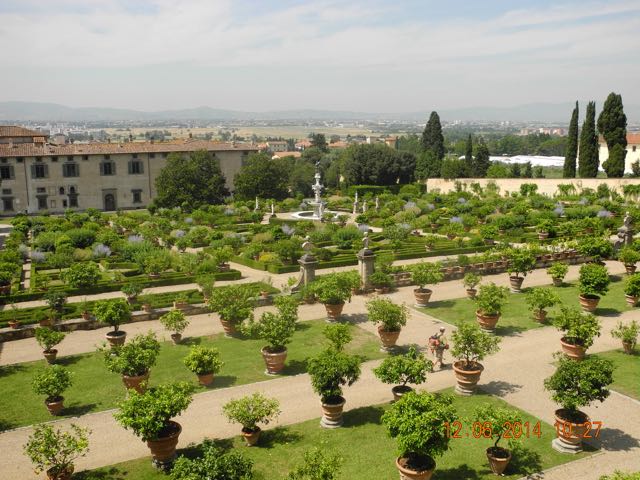
The garden of the villa at Castelli on the outskirts of Florence shows, like the Boboli, another extravagant use of pots, most gardens are more restrained
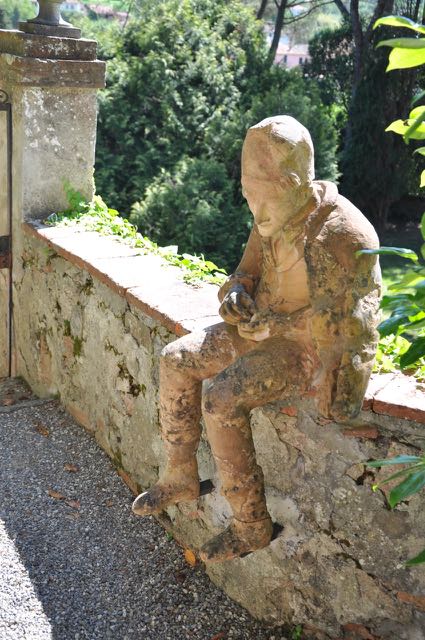
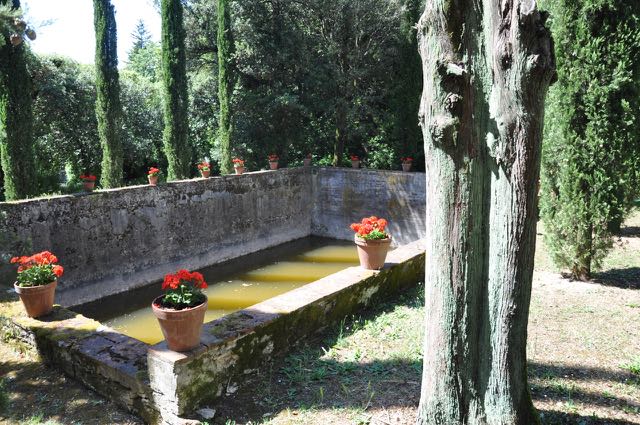
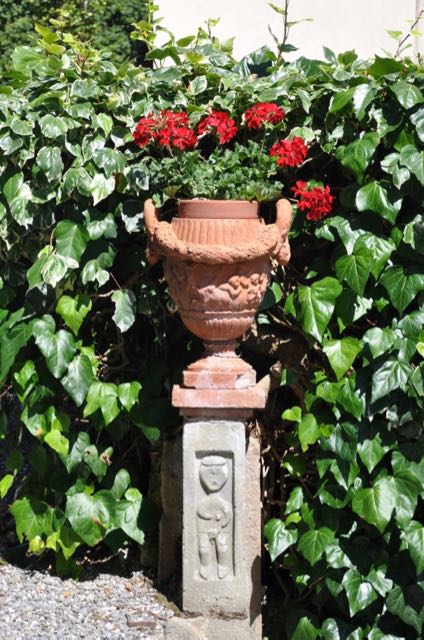
This eccentric figure perched on a wall at the Villa Buonvisi Oliva in the hills above Lucca shows the use and decay of terra-cotta for sculpture. The pots lining the reservoir supplying the garden's fountains and mounted on pedestals are more conventional although the figure carved on its base looks positively prehistoric.
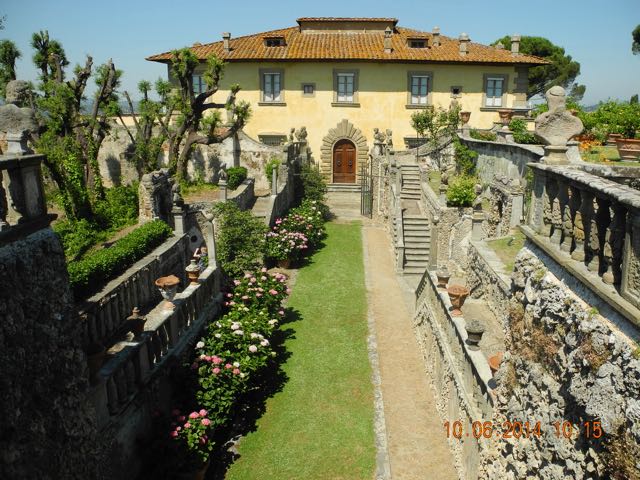
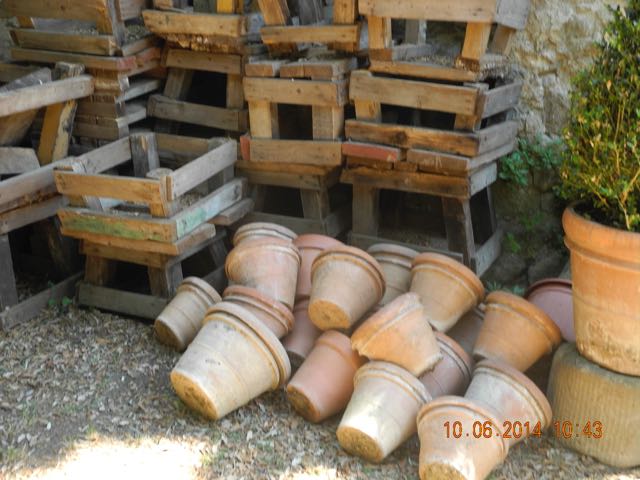
Limited use of pots around the sunken garden at Gamberaia which overlooks the Arno Valley and Florence, not a lot of pot planting going on, however, round the back an interesting collection of unused pots with the wooden crates used to lift them with.
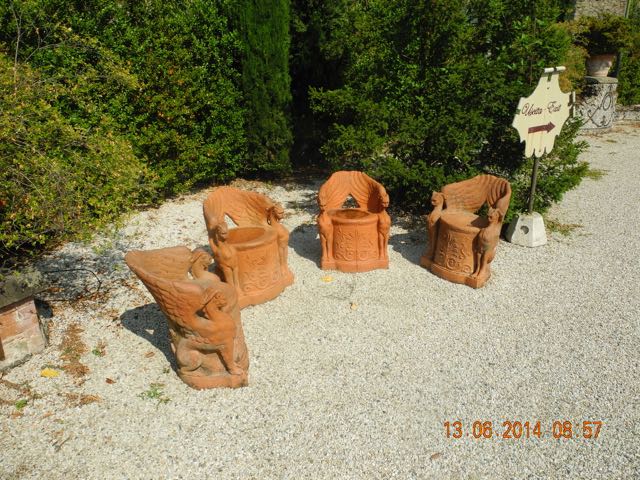
Mid-way between Lucca and Florence the Villa Garzoni rising above the village of Collodi is more Baroque that Renaissance but has some interesting uses of terracotta including these rather splendid seats
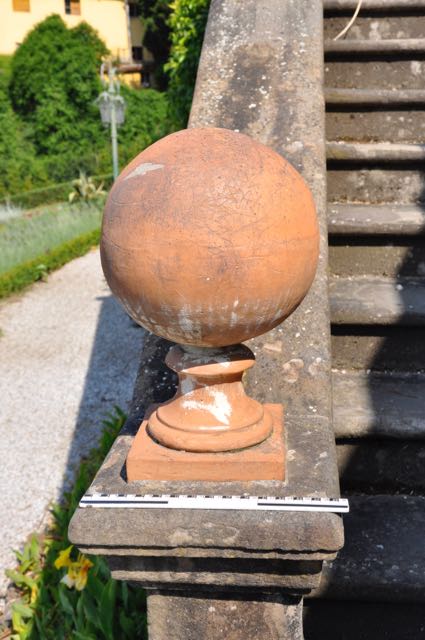
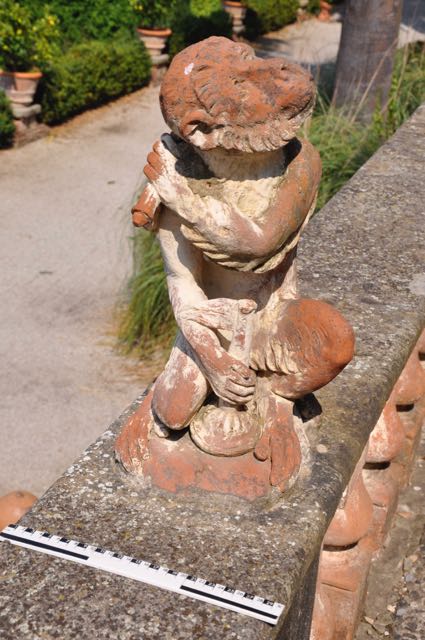
... and steps decorated with terra-cotta balls and monkeys.
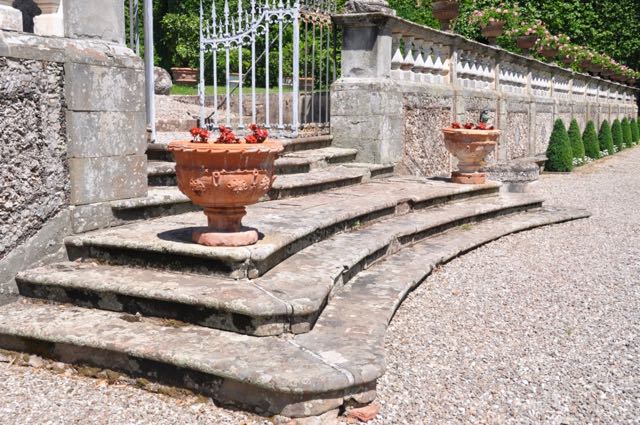
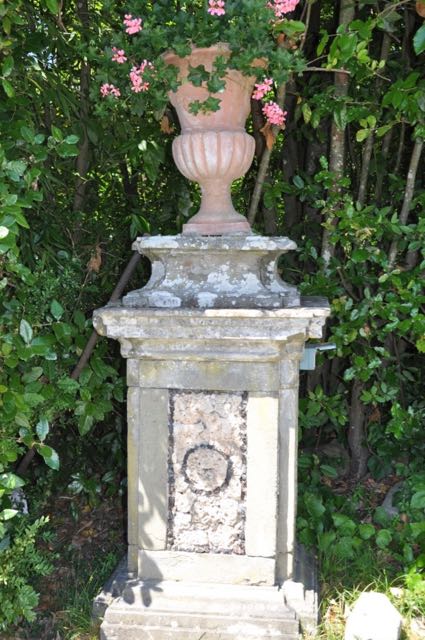
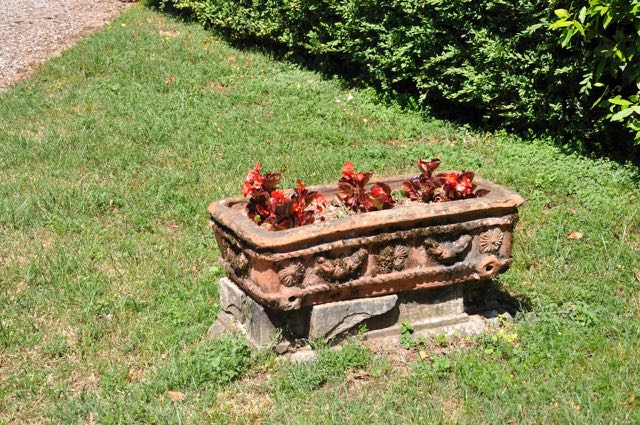
Nothing unconventional here at the Villa Grabau: a beautiful pair of pots flank a set of steps, an urn provides a home for some geraniums and a reminder that pots don't have to be round.
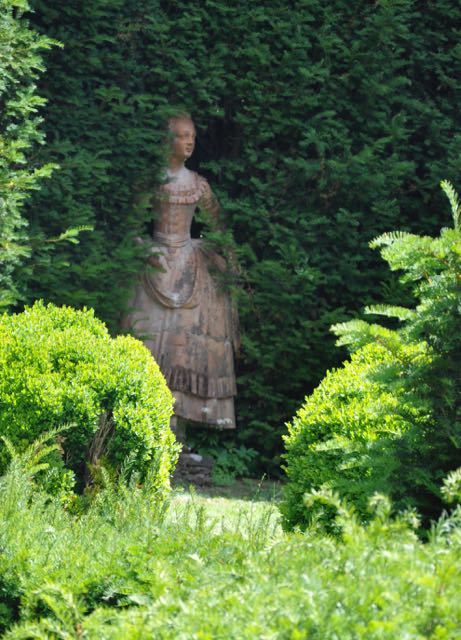
This terra-cotta figure emerges from the wings at the famous green theatre at the Villa Marlia ...
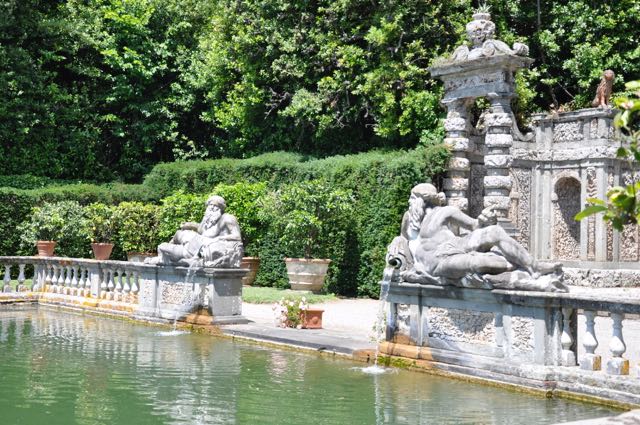
.. which also demonstrates limited use of pots at the nymphaeum.
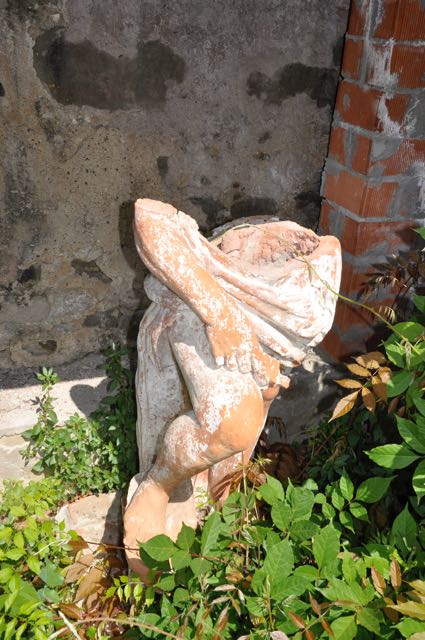
Meanwhile at the Villa Torrigiani the sad spectacle of a shattered terra-cotta figure
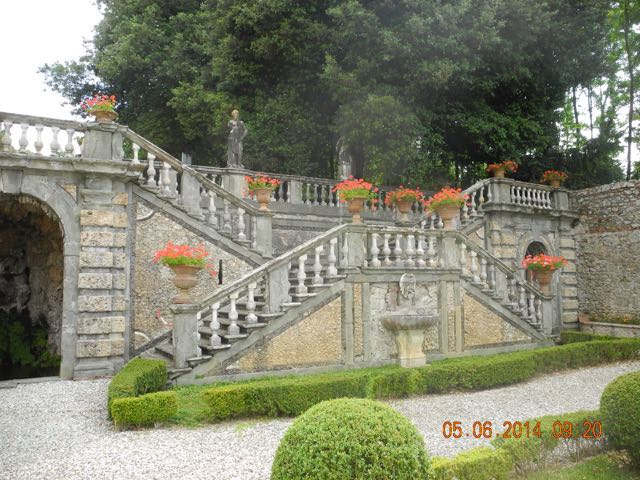
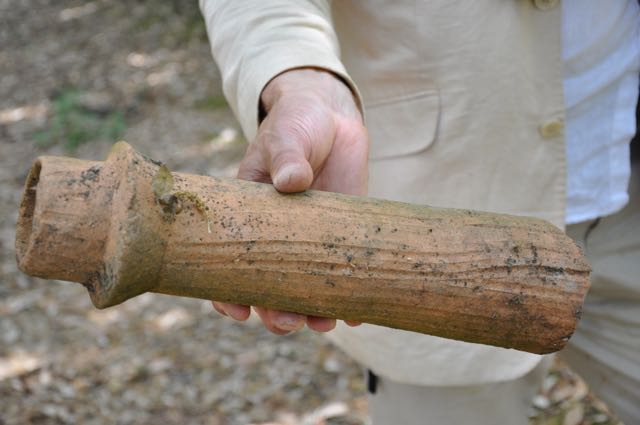
plus a few pots on the stairway and not forgetting an example of the kind of terra-cotta pipe that is almost ubiquitous in Italian gardens.
... and to finish on a high note the nineteenth-century gardens of the Palazzo Pfanner in the heart of Lucca, pots everywhere.